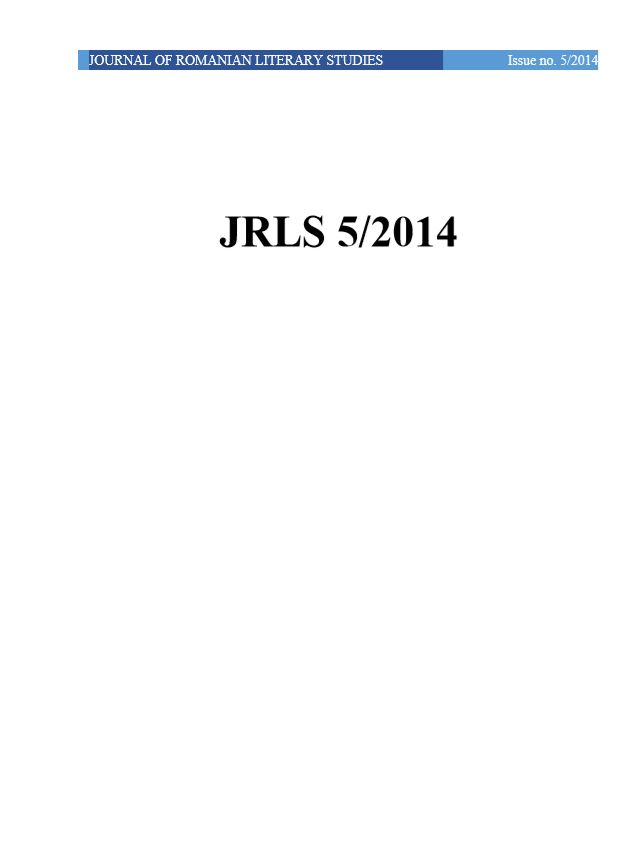V.S. NAIPAUL’S TRAVELOGUES: HINDU VERSUS MUSLIM COMMUNITIES
V.S. NAIPAUL’S TRAVELOGUES: HINDU VERSUS MUSLIM COMMUNITIES
Author(s): Roxana Elena DoncuSubject(s): Language and Literature Studies, Literary Texts
Published by: Editura Arhipelag XXI
Keywords: travelogue; self-identifications; postcolonial societies; Hindu and Muslim communities
Summary/Abstract: The aim of this paper is to compare representations of Hindu and Muslim communities in two of V.S.Naipaul’s travelogues: An Area of Darkness and Among the Believers: An Islamic Journey, relating them to Naipaul’s own background and quest for identity. Thus, while both Hindus and Muslims are represented as others to Naipaul’s sense of self, the processes of othering through which their identities are constructed are radically different. Hindus are represented as significant/relevant others - people who are important for the construction of one’s sense of self. As the background of Naipaul’s childhood, India is “a resting place for the imagination” (the darkness from the title is associated with the unconscious and the imagination, not with evil) and although the identification with the Hindus is finally rejected, there is still a sense of Hindu culture as providing an important environment for the writer’s development. Muslims, on the other hand, are perceived as radical others with whom identification is not only outwardly rejected, but quite impossible. Both relevant and radical others are crucial for identity- construction, as the first provide a positive content for identification, and the second outline the limits of one’s sense of selfhood, the barriers outside which subjectivity loses meaning.
Journal: Journal of Romanian Literary Studies
- Issue Year: 2014
- Issue No: 05
- Page Range: 627-635
- Page Count: 9
- Language: English

